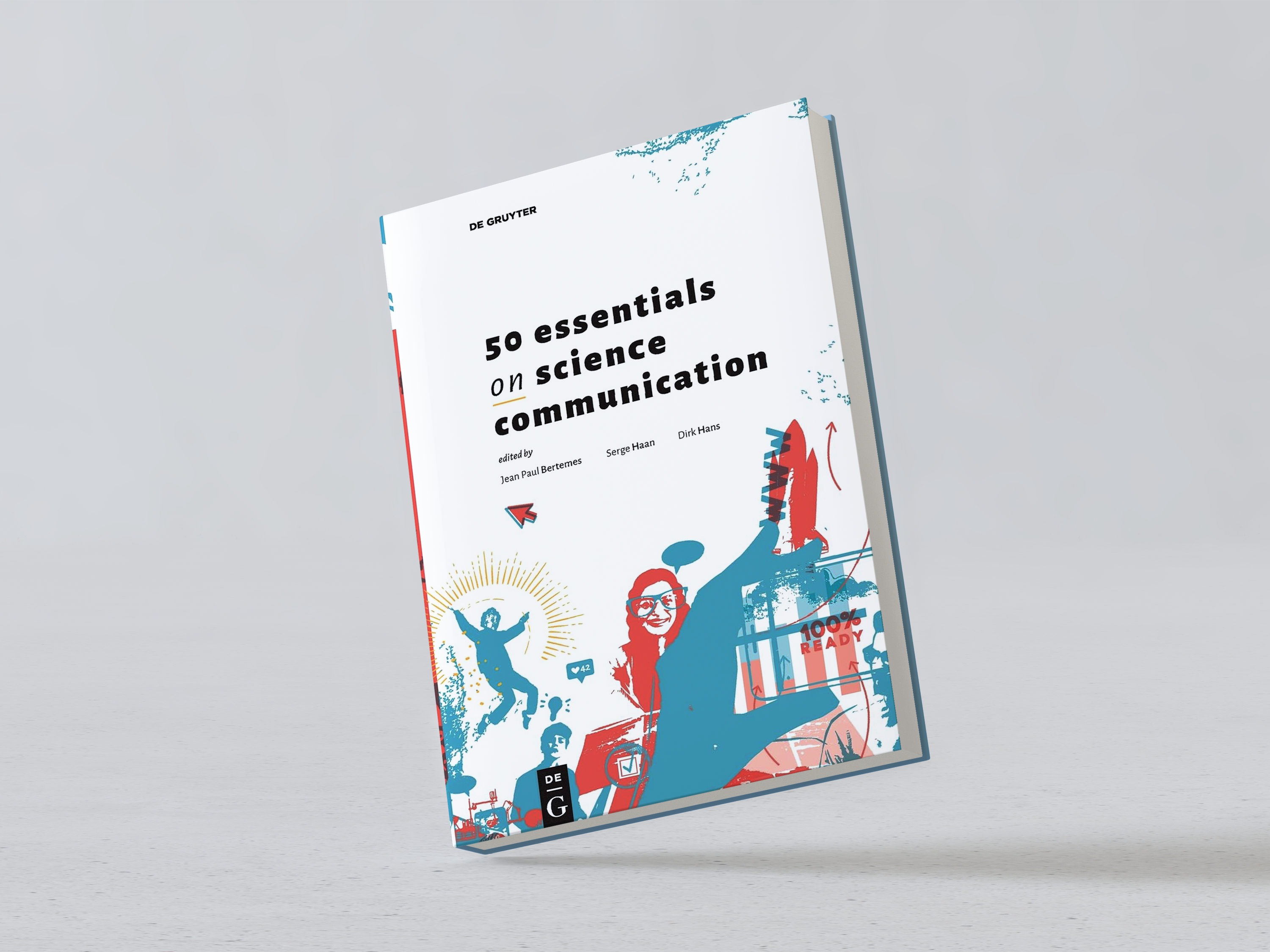SciCom guide
This handy and entertaining book provides the basics of goal-oriented science communication. It is aimed at anyone interested in the field of science communication.
The University of Luxembourg and the Luxembourg National Research Fund (FNR) have released “50 essentials on science communication”, a textbook dedicated to the fascinating venture of presenting, explaining and engaging people in research.
The book is aimed primarily at young scientists wanting to make their first steps in science communication and communication managers in research institutions. This publication provides the basics of goal-oriented science communication. The first chapters introduce fundamental concepts of science communication. The second part delves into strategic science communication, before the book gets very practical with chapters on different channels used in science communication, such as social media, podcasts, science festivals or school labs. Finally, in the last chapter the authors tackle several hot topics, among others competition in science communication, fake news, animals in research and ethical considerations in science communication.
The three editors are Jean-Paul Bertemes, Head of Science in Society at the FNR, Serge Haan, Professor and special advisor for public engagement and citizen science at the University and Dirk Hans, international lecturer and trainer in science communication. A range of 12 internationally renowned authors and 20 experts from the science communication network in Luxembourg have contributed to the multifaceted book, which covers 50 topics on 136 pages.
The book can be downloaded for free on the website of De Gruyter, or ordered as a hard copy.
Interested researchers from the University of Luxembourg wishing to have more guidance on how to deal with media requests and how to write press releases can find useful help in the short Researcher’s Communication Guide (Intranet-restricted access).
Download

Browse through the guide
Knowledge database for science communication
For suggestions of further reading and more in-depth knowledge on certain topics, we advise to have a look at the following resources.
- Bennett, D.J. & Jennings, R.C. 2011. Successful Science Communication. Cambridge University Press
- Bonfadelli, H. & Fähnrich, B. & Lüthje, C. & Milde, J. & Rhomberg, M. & Schäfer, M. S. 2017. Forschungsfeld Wissenschaftskommunikation. Springer VS
- Bowater, L. & Yeoman, K. 2013. Science Communication. A Practical Guide for Scientists. Wiley-Blackwell
- Bucchi, M. & Trench, B. 2014. Handbook of Public Communication of Science and Technology. Routledge International Handbooks
- Cormick, C. 2019. The Science of Communicating Science. CABI
- Könneker, C. 2012. Wissenschaft kommunizieren. Wiley-VCH
- Kuchner, M. J. 2012. Marketing for Scientists. Island Press
- Merten, W. & Knoll, Th. 2019. Handbuch Wissenschaftsmarketing. Springer Gabler
- Schnurr, J. & Mäder, A. 2020. Wissenschaft und Gesellschaft: Ein vertrauensvoller Dialog. Springer
- Weitze, M-D. & Heckl, W. M. 2016. Wissenschaftskommunikation. Springer Spektrum